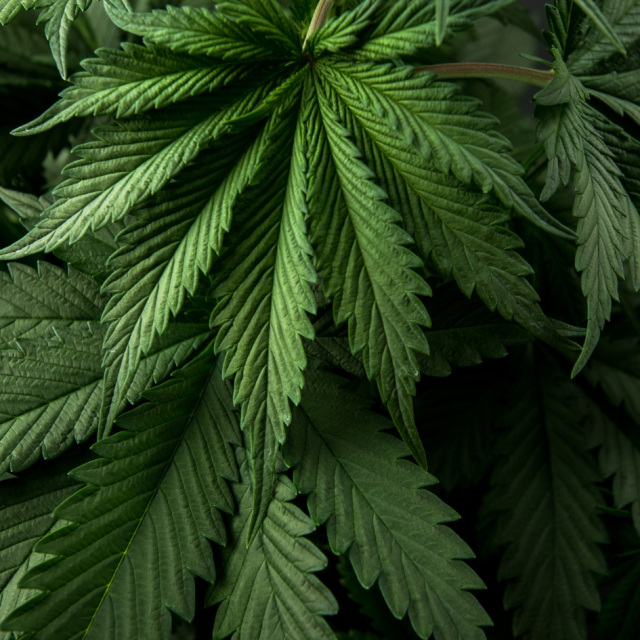Cannabis is a plant that has been the subject of multiple debates in modern society due to its recreational, medicinal and potential health effects. This plant, native to Central Asia, has a long history of use spanning thousands of years and diverse cultures. In this article we will explore cannabis from a historical, medical, scientific and social perspective.
History of Cannabis.
The use of cannabis dates back to at least 2700 BC, when it was used in traditional Chinese medicine to treat various conditions such as pain and inflammation. In India, it was considered sacred and used in religious ceremonies. Its expansion to Europe occurred in the 17th century, mainly as a fibre for making clothing and ropes, in addition to its medicinal use.
In the 20th century, attitudes towards cannabis changed dramatically, mainly in the West. In the 1930s, it was classified as a dangerous substance in the United States and subsequently banned in many countries due to its association with recreational uses and the perception that it caused adverse social and psychological effects.
The Science of Cannabis.
Cannabis contains more than 450 active compounds, including more than 100 cannabinoids such as tetrahydrocannabinol (THC) and cannabidiol (CBD), which are the most studied. THC is the psychoactive compound responsible for the recreational effects of the plant, while CBD has no psychoactive effects and is associated with therapeutic benefits.
Cannabinoids interact with the human endocannabinoid system, a network of receptors that regulates functions such as pain, appetite, sleep, and mood. Recent studies suggest that cannabinoids may have benefits in treating conditions such as epilepsy, chronic pain, and anxiety disorders, although the evidence remains limited and controversial in some respects.
Medicinal and Recreational Uses.
Medicinal use: In many countries, medicinal cannabis is gradually being legalized, especially to treat conditions such as:
- Neuropathic pain.
- Refractory epilepsy (particularly in children).
- Spasticity in multiple sclerosis.
- Nausea and vomiting associated with chemotherapy.
However, it is important to note that the medical use of cannabis is strictly regulated. Drugs derived from the plant, such as Sativex (for multiple sclerosis) and Epidiolex (for epilepsy), have been approved in several countries. Still, their effectiveness varies depending on the patient and the condition being treated.
Recreational use: Marijuana is the most well-known form of recreational cannabis use. Its effects include relaxation, altered perception, and euphoria, but it can also cause anxiety, paranoia, and temporary cognitive impairment. Excessive use is associated with mental health problems such as psychosis and addiction in chronic cases.
Legality of Cannabis.
The legality of cannabis varies greatly by region. In countries such as Uruguay, Canada and some states in the United States, recreational and medicinal use is legal under strict regulation. In Spain, although private consumption is not penalized, commercialization remains illegal except in medicinal contexts under medical supervision.
The debate surrounding its regulation is influenced by economic and social factors. In regions where it has been legalized, the cannabis industry has generated significant revenues through taxes, jobs and tourism.
Social and Health Impacts.
The impact of cannabis on society depends on how it is consumed and regulated. While recreational use can lead to mental health problems in vulnerable people, legalising it could reduce the black market and improve the quality of the product available.
From a medical perspective, cannabis poses opportunities for treating diseases, but its use must be guided by sound scientific evidence. For example:
- A recent report highlights that medical cannabis may improve chronic pain and sleep quality, although the benefits are often small and research is still in development. .
- The effects of recreational use on the adolescent brain are a cause for concern, as it may interfere with cognitive development. .
Research and Regulatory Challenges.
A major challenge in cannabis research is its historical regulation as an illegal drug, which has limited clinical studies and the collection of reliable data. In addition, the plant has a complex chemical composition, making it difficult to design standard controlled trials.
As more countries legalize medical and recreational cannabis, the scientific community has the opportunity to advance research into its benefits and risks. This will help shape more informed and balanced public policies.
Cannabis is a plant with significant potential in both medicine and industry, but also with risks associated with its recreational use and its impact on public health. The key to taking advantage of its benefits while minimizing the risks lies in regulation based on scientific evidence and in educating the population about its effects.
As the legal landscape changes and research progresses, it is essential to take a balanced approach that explores the applications of cannabis for the benefit of society, while keeping in mind the challenges it poses.
References:
- Spain's National Drug Plan: Health and Cannabis
- Infobae: Regulation of Medicinal Cannabis in Spain
- SciELO: Therapeutic Evidence of Medicinal Cannabis
